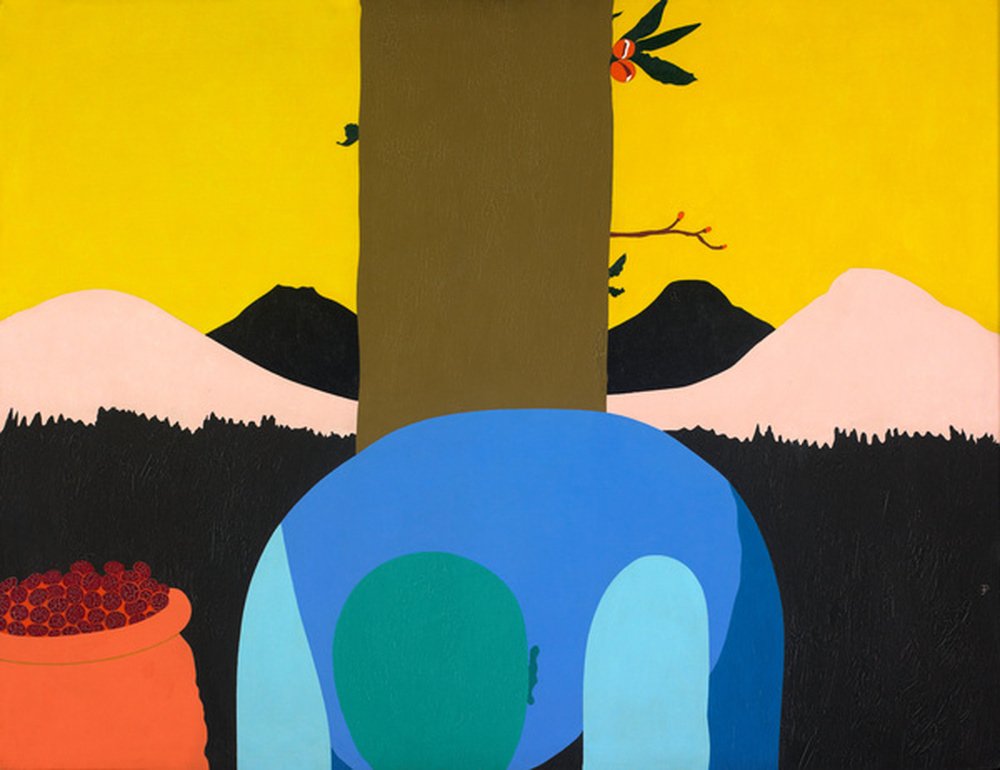Last year, we celebrated 100 years since the birthday of Sophia Karaffa-Korbut (19124-1996), a Ukrainian graphic artist and illustrator. This is the thread with her incredible works.
Illustration to Taras Shevchenko's poem "Hamalia", 1963
Illustration to Taras Shevchenko's poem "Hamalia", 1963

She was born in Lviv; her father was Belarusian, and her mother was Ukrainian. She spent her childhood in the small village of Kutkiv. Sofia took professional drawing lessons from graphic artist Stefania Gebus in high school. 

She graduated from the Lviv Institute of Applied and Decorative Arts in 1953. After the institute, she worked briefly at the Lviv Sculpture and Ceramics Factory but left it because the working conditions were bad for her health. 



The artist found herself using the colour linocut technique. She collaborated with the publishing houses "Kamenyar" (since 1961, Lviv), "Veselka" (since 1964), and "Dnipro" (both - Kyiv). 

Her most significant works are illustrations for Taras Shevchenko's "Kobzar", "Ivan Vyshensky" by Ivan Franko and "Forest Song" by Lesya Ukrainka. She worked on the last one before her death, and it was published only in 2000. 







"Mykyta, the Fox" was a super popular children's book by Ivan Franko. I have two books in my home, and I loved them as a kid, especially the illustrations by Sophia Karaffa-Korbut. 







She was also part of the dissident movement. She often visited Kyiv, met closely with dissidents, participated in meetings of the Creative Youth Club, and read and distributed samvydav (self-published literature). They made her exhibition in Kyiv in 1964. 





She never met her father, who had immigrated to the U.S. At the 1968 World's Fair in Toronto, her father recognised her name and found her through the Red Cross. They corresponded for two years. Sofia waited for him in Lviv, but at the airport, her father fell ill and passed away 



She was an illustrator of about 60 works by Ukrainian writers, which were published with a circulation of over 6 million copies (she illustrated every fourth children's book published in Ukraine). 





• • •
Missing some Tweet in this thread? You can try to
force a refresh






































